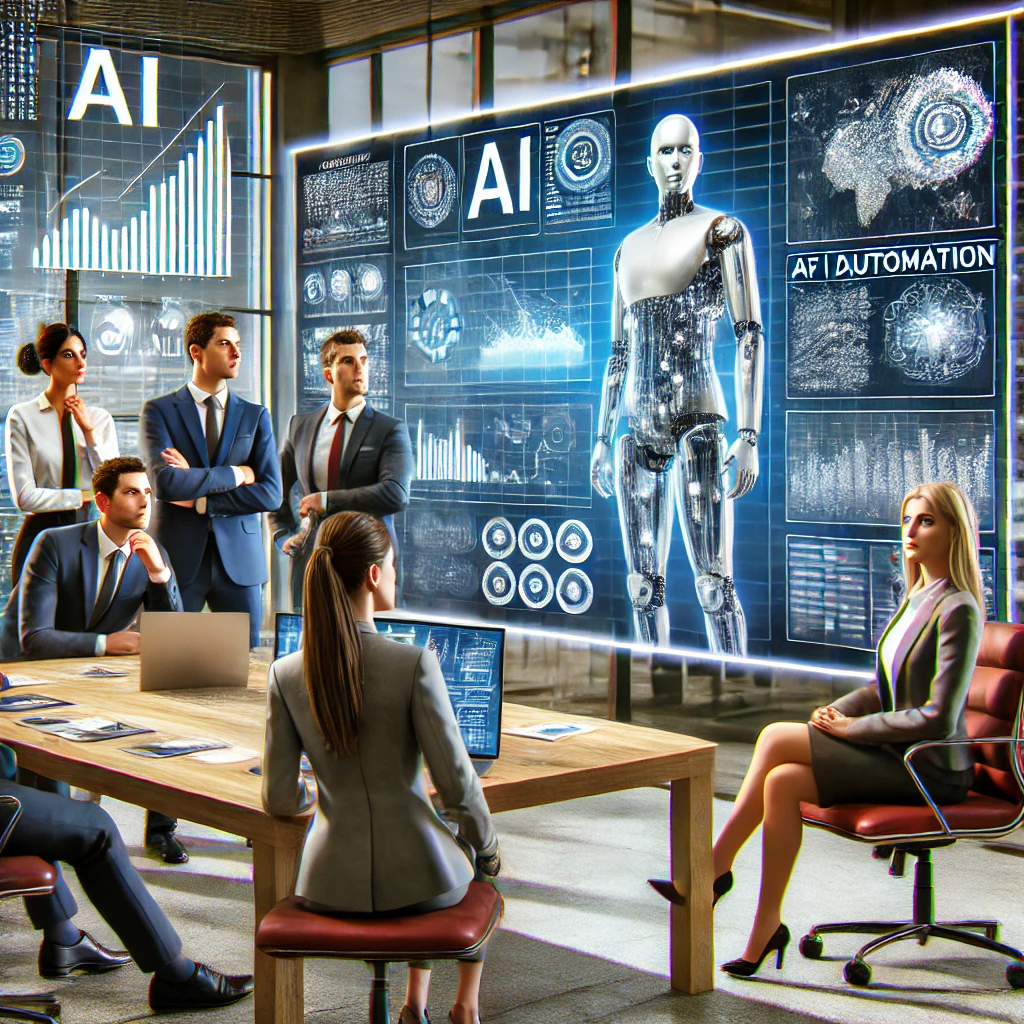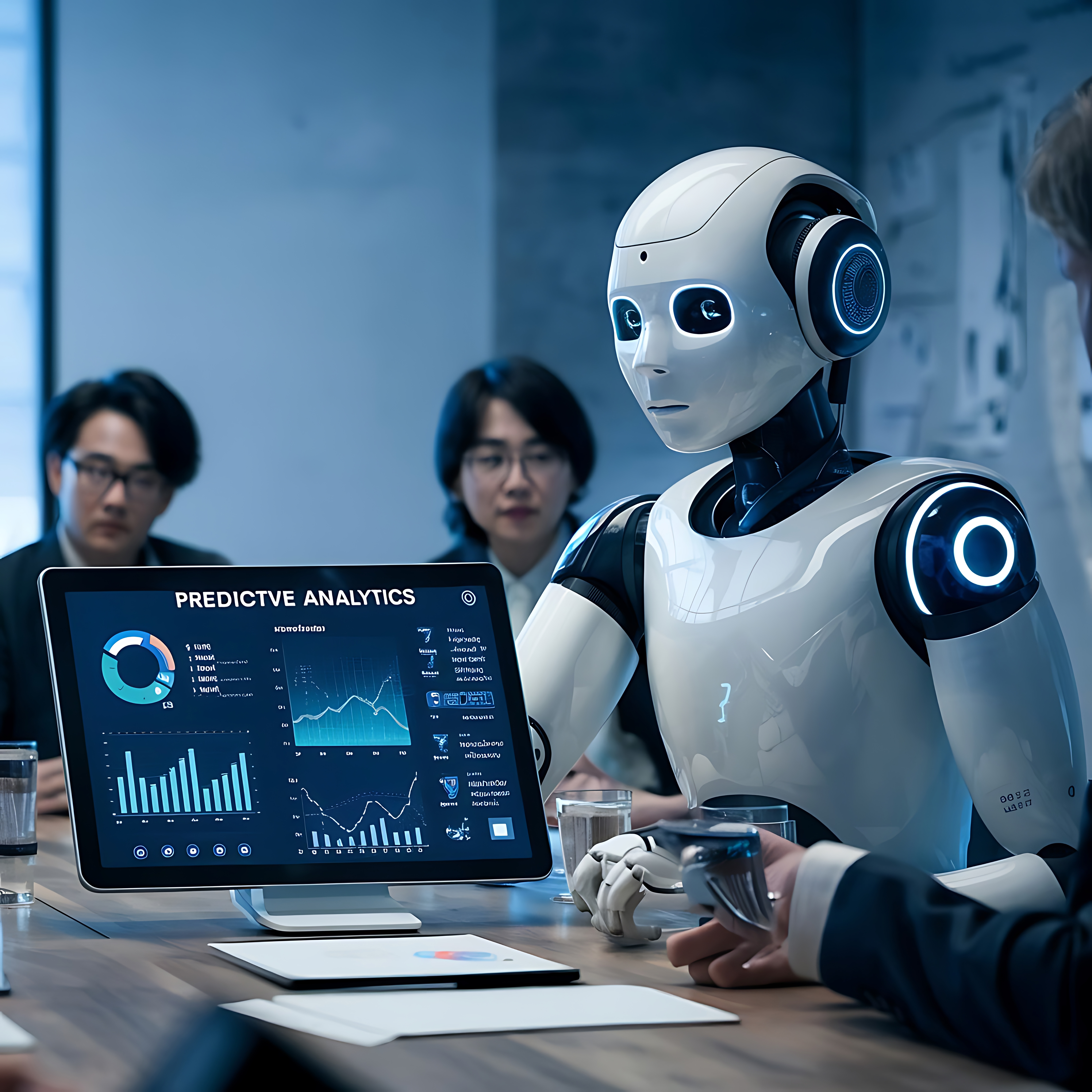How AI Automation Transforms Business: Game-Changer or Overhyped Reality?
Artificial intelligence automation stands at a crucial crossroads, sparking intense debates across professional networks about its true potential and impact on modern business practices. As someone deeply immersed in the technology sector, I’ve witnessed firsthand how AI automation has evolved from a theoretical concept to a practical tool that’s reshaping our daily workflows and decision-making processes.
We strongly recommend that you check out our guide on how to take advantage of AI in today’s passive income economy.
Table of Contents
The Current State of AI Automation
The conversation around AI automation has reached a fever pitch, with industry leaders and skeptics alike sharing their perspectives on various platforms. While scrolling through my professional network feed, I noticed a fascinating pattern emerging: a clear division between those who view AI as revolutionary and others who consider it merely an incremental improvement over existing technologies.
Understanding the Skeptics’ Perspective
A recent article published by a veteran industry expert presents compelling arguments about AI automation’s limitations. The piece resonates with many professionals who feel overwhelmed by the constant stream of AI-related announcements and updates flooding their feeds. Their skepticism isn’t entirely unfounded, as they’ve witnessed numerous technology cycles come and go, each promising to revolutionize the workplace.
The Reality of AI’s Current Capabilities
When examining AI automation’s current capabilities, it’s crucial to acknowledge both its strengths and limitations. The technology excels at tasks like generating comprehensive meeting summaries and adjusting communication tones, but these features, while impressive, represent just the tip of the iceberg in terms of potential applications.
Beyond Surface-Level Applications
What truly sets AI automation apart from previous technological advances is its ability to serve as more than just a tool. Through persistent memory and contextual understanding, modern AI systems can function as virtual team members, maintaining ongoing projects and conversations while adapting to individual working styles and preferences.
The Human Element in AI Interaction
The most fascinating aspect of current AI automation technology lies in its ability to maintain consistent, personalized interactions. When engaging with advanced AI systems, the experience transcends simple command-and-response patterns, evolving into something that feels more like a collaborative partnership.
Real-World Impact and Implementation
Consider the practical implications of having a digital assistant available 24/7, possessing both institutional knowledge and the ability to learn from each interaction. This capability fundamentally changes how we approach problem-solving and project management in professional settings.
Cost-Benefit Analysis
The economic implications of AI automation become particularly compelling when compared to traditional staffing solutions. While a human assistant might command a significant salary, AI systems can provide similar levels of support at a fraction of the cost, democratizing access to high-level administrative assistance.
Understanding the Limitations
Despite its impressive capabilities, AI automation isn’t a universal solution. Critical business challenges, particularly those involving complex human interactions or industry-specific problems, often require traditional approaches and human expertise to resolve effectively.
The Distraction Factor
One valid concern about AI automation centers on its potential to divert attention and resources from fundamental business problems that require human-driven solutions. This distraction effect could potentially slow progress on critical issues that AI cannot address.
Integration Challenges and Solutions
The implementation of AI automation systems presents its own set of challenges. Organizations must carefully consider how to integrate these tools without disrupting existing workflows or creating additional complications in their communication infrastructure.
The Role of Persistent Memory
Advanced AI systems with persistent memory capabilities represent a significant leap forward in human-computer interaction. This feature enables the technology to maintain context across multiple sessions, creating a more natural and efficient collaborative experience.
Future Implications and Possibilities
As AI automation continues to evolve, we’re likely to see even more sophisticated applications that blur the line between tool and teammate. The technology’s ability to learn and adapt to individual users’ needs suggests we’re only beginning to scratch the surface of its potential.
Cultural Impact and Adaptation
The integration of AI automation into daily business operations represents more than just a technological shift; it marks a cultural transformation in how we think about productivity and collaboration in the workplace.
Conclusion
While acknowledging the valid concerns about hype and limitations, I maintain that AI automation represents a truly transformative technology. Its ability to function as a persistent, intelligent assistant while being accessible to a global audience sets it apart from previous technological advances.
The key to understanding AI automation’s true value lies not in its individual features but in its capacity to serve as a comprehensive support system, augmenting human capabilities rather than replacing them. As we continue to explore and develop these technologies, their transformative potential becomes increasingly clear, promising to reshape how we approach work and collaboration in the digital age.

We strongly recommend that you check out our guide on how to take advantage of AI in today’s passive income economy.




